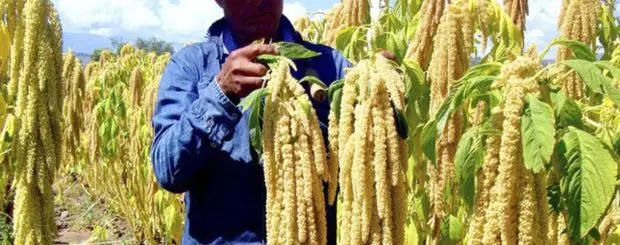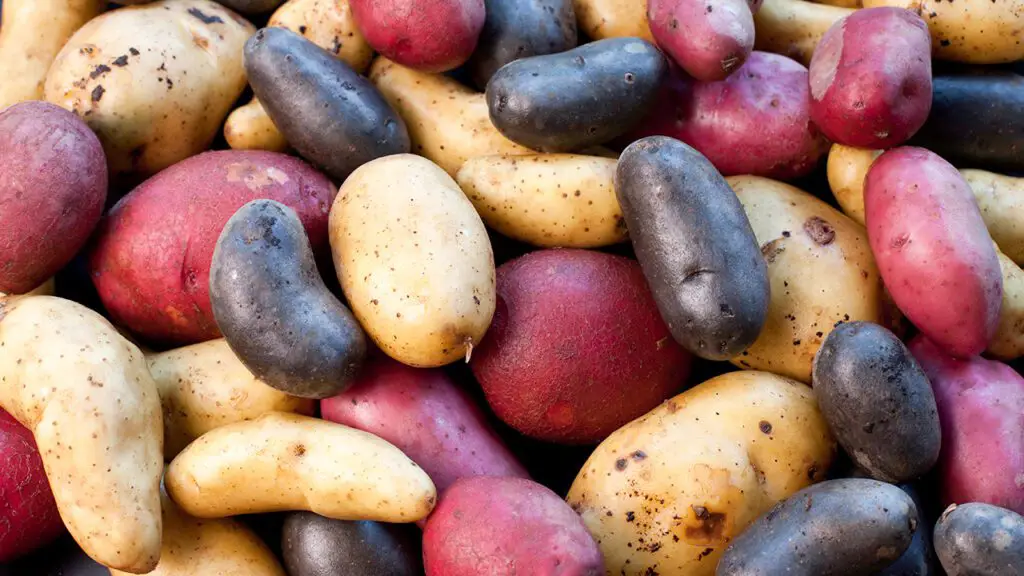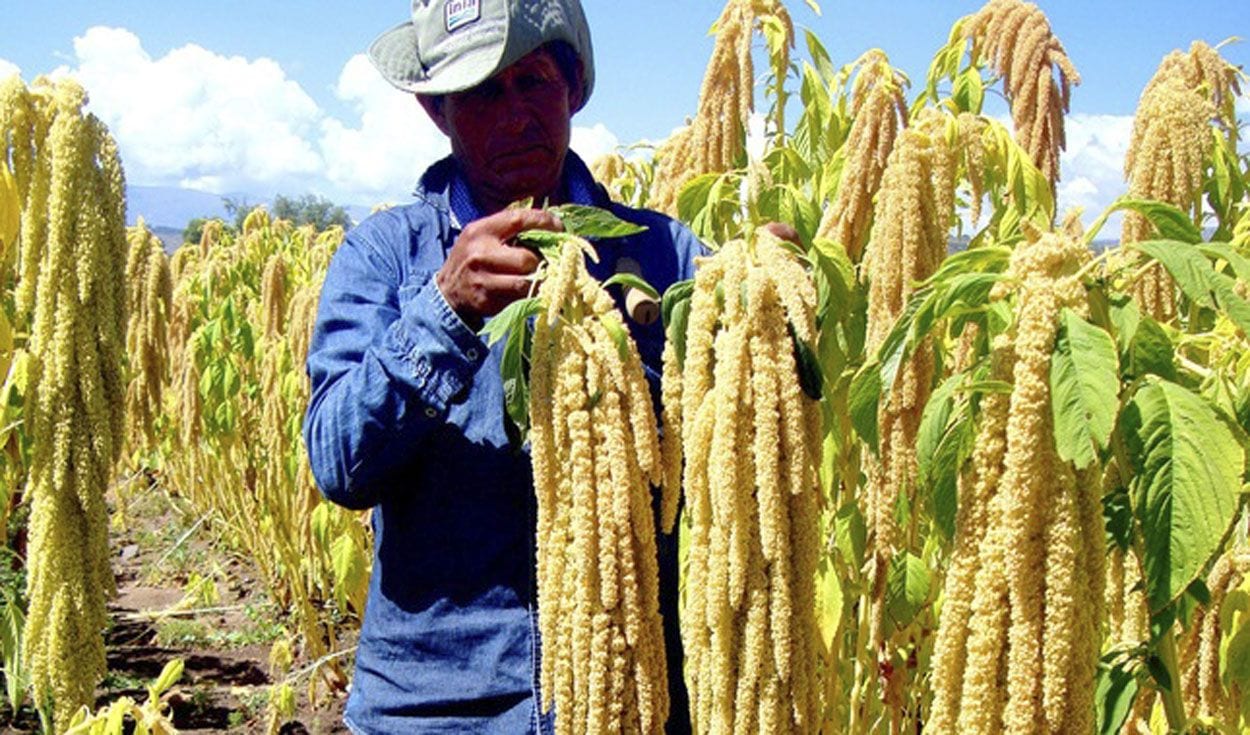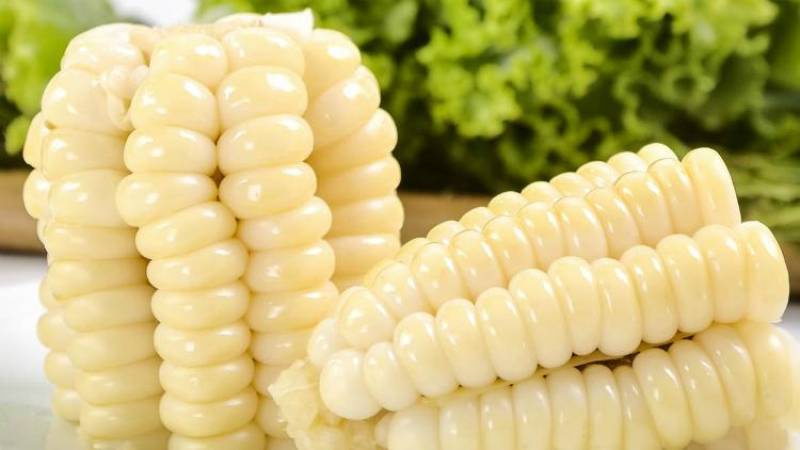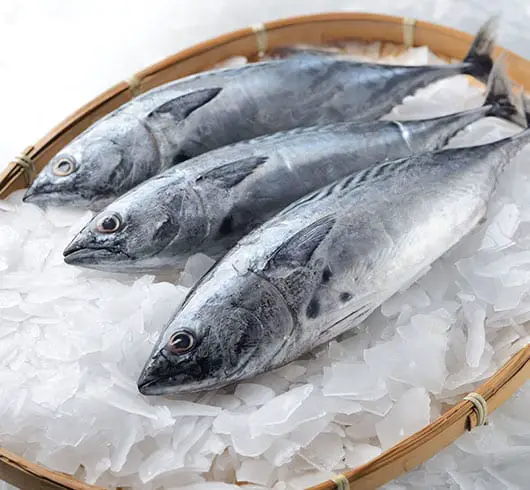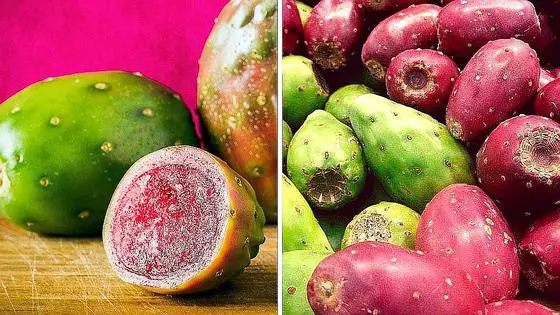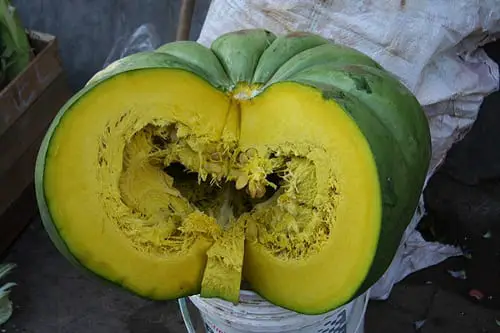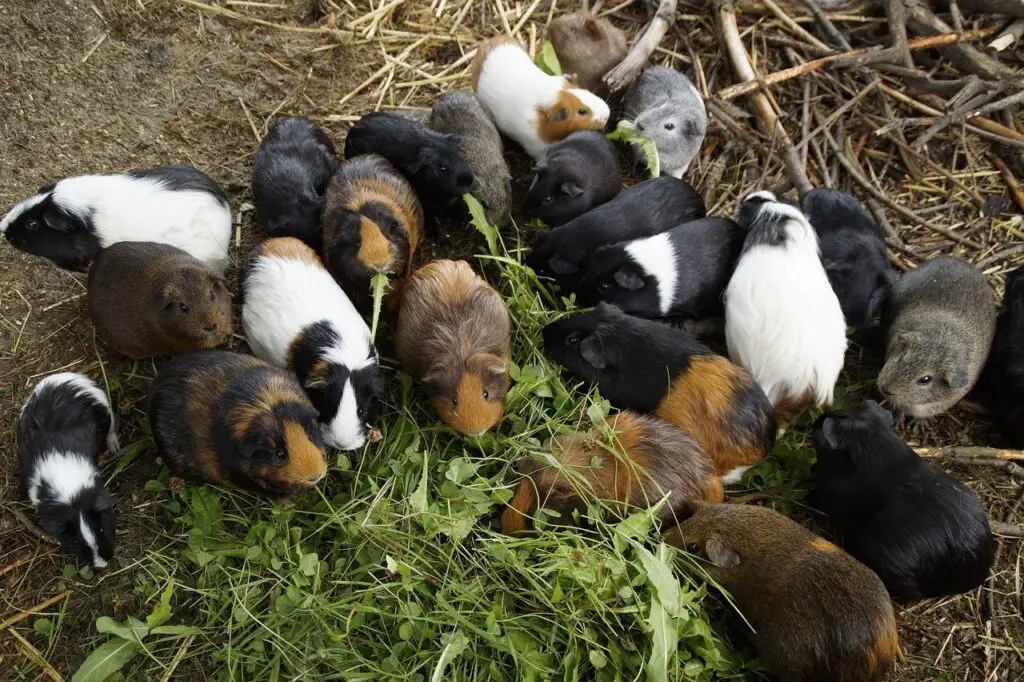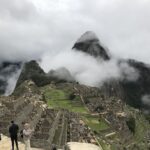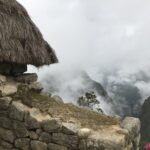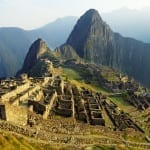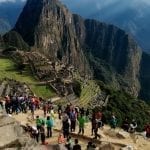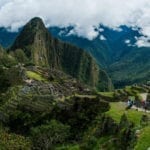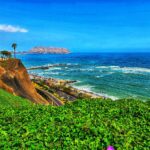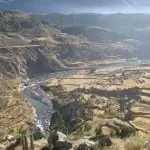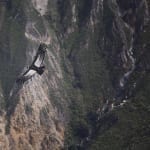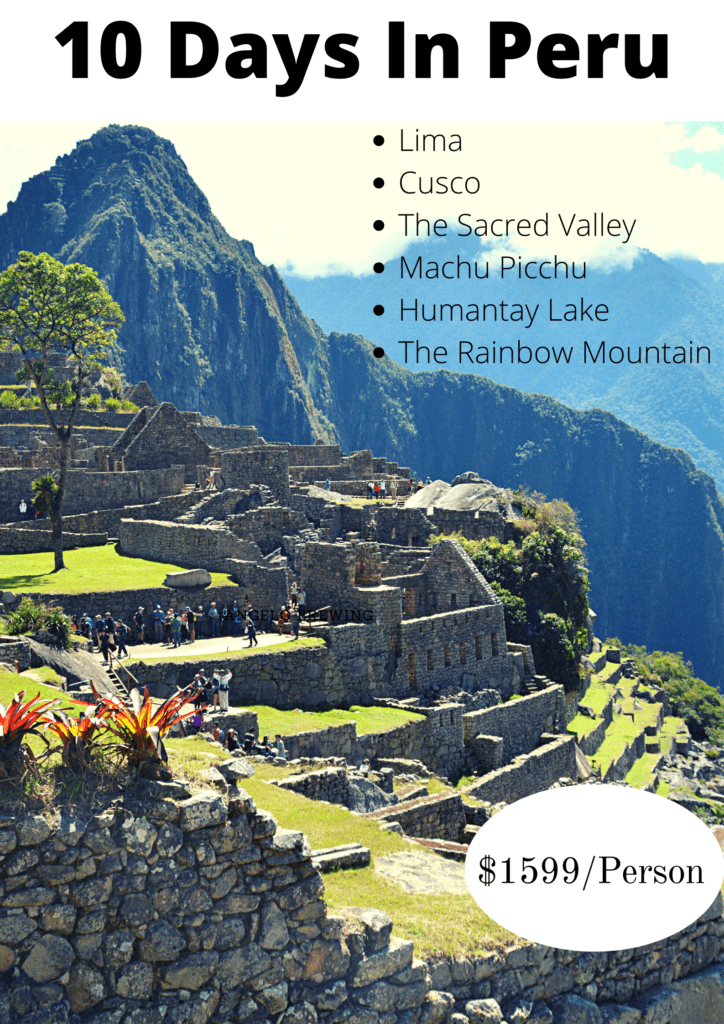What Did The Incas Eat? The Inca Diet
James Bustamante is Native to New York but born to Peruvian parents. He has been traveling throughout Latin America since early 2003 and finally made his home in Peru. James has made his way by eating and traveling through almost every country in Central and South America.
Last Updated on July 24, 2023 by James Bustamante
What did the Incas eat? The Inca civilization had a broad yet simple list of foods they ate. Everything on the menu had to be either harvested or hunted by the empire. The Incas needed to make sure they had enough food for their ever-growing empire so they would grow crops on a large scale.
They also needed to take advantage of their environments. This includes the coast, the highland, and the Amazon rainforest. So what did the Incas eat?
The most immediate answer is usually Corn, Potatoes, And Amaranth; however, there are several more items we can add to the Inca diet. Below we go over some of the fruits, vegetables, grains, and meats that the Incas consumed on a regular basis.
Potatoes and Tubers
Peru is home to over 4,000 different varieties of potatoes, so it shouldn’t come as a surprise that the Inca had access to many varieties. The potato is a tuber that originated in this region of the world after. This energy-rich Andean crop would have been grown by the Inca in the various stair-cased gardens that are found near most Inca ruins.
The Inca used potatoes in various dishes, including stews and soups. To preserve potatoes and other tubers, the Inca would also dry them under the sun or on the ice. The resulting dried-out tubers would be used in making “Tocosh.”
Kiwicha (Amaranth)
Kiwicha is not actually a grain but more of a seed. It grows high in the Peruvian highlands and has long been referred to as a Peruvian superfood. This seed was milled into flour that the Inca would use to make tortillas, put into soups, and even make a type of bread. This item on the Inca diet is very high in amino acids and contains phosphorus, iron, magnesium, and manganese, as well as several essential minerals.
Kiwicha will even beat milk in terms of calcium. It is such a complete food item that NASA has incorporated it into their meals for astronauts in space. The Inca knew about it first though and used it for many years in their diets. Today Kiwicha can easily be found in markets and supermarkets in Peru in many presentations.
Quinoa
Quinoa is another superfood that was on the Incas’ diet. It is similar to Kiwicha in that it is not really a grain but a very nutritious seed. The Inca would even refer to Quinoa as “The Mother of all Grains.” The Inca would prepare this food in stews and soups due to its high nutritional value. Quinoa is high in protein, calcium, iron, and vitamins C and B.
Choclo or Inca Corn
Choclo is often called Inca corn. It differs from regular Maize since its kernels are actually much larger. The Inca would use Choclo to feed the large empire that would continuously grow as they conquered more of the continent. Choclo would be boiled and eaten by the Inca, and it was also used in soups and stews.
Among the several other uses the Inca had for choclo, one of the most interesting is “Chicha de Jora,” which is a fermented alcoholic corn drink sometimes called corn beer. Today Peruvians eat choclo in a variety of dishes such as Peruvian ceviche or next to some Adean cheese and hot sauce.
Llamas and Alpacas
The Inca had several uses for the Llamas and Alpacas, and among them was as a lean protein source. Llamas and Alpacas were used by the Inca mostly for their wool. However, they would also provide the necessary means the Inca needed to survive in the high-elevation areas of the Andes.
There is a Peruvian dish called Olluquito which dates back to the natives. This dish was prepared with a small tuber called Olluquito, and it was accompanied by dry llama meat called charqui. The word chaqui might be where the word “jerky” comes from originally.
This dish still exists today, but it obviously has been updated with a few new ingredients, such as Huacatay (Peruvian mint), for flavor. If you head to the Peruvian highlands, you will still see this dish being eaten today with “charqui.”
Alpacas were equally used for protein by the Inca. These smaller camelids have higher grade wool, so the Incas had to be selective with which animals they decided to sacrifice for food. Alpaca is usually served today in the form of a steak in many restaurants in Cusco, Arequipa, Puno, and Ayacucho. Having tasted Alpaca steaks on several occasions, I can honestly say it tastes like very lean beef.
Bonito
The Inca were not only masters in the highlands but also in the Peruvian coastal region. They regularly fished the Peruvian shores and would catch a variety of local species. One of the most popular fish was the Bonito. This species is sometimes referred to as the poor man’s Tuna even though it is actually nutritionally superior.
This was an important source of protein for the Inca as well as other cultures that lived near the ocean since it was not common to have Llamas or Alpacas there. Today the Bonito is still eaten in Peru in the form of stews and in ceviche.
Dolphins and other Cetaceans
Among the many species the Inca caught in the ocean was the dolphin. These sea mammals can be found swimming all through the Peruvian coastline from the very southern end to the northern warmer waters of Tumbes. In fact, the northern cultures became quite adept at catching these cetaceans as well as whales. Once they were caught, the Inca would use the meat in soups and stews.
Prickly Pear Fruit
The prickly pear fruit is called “Tuna” in Peru, not to be confused with the fish. This fruit is quite delicious, with a flavor profile ranging from a bit acidic to incredibly sweet. They can be found in a variety of colors, such as red, purple, pink, green, and even yellow. During the dry periods finding these must have been like finding fresh water for the Incas.
Zapallo
Zapallo is a type of large squash that is native to this part of the world. If you see a Zapallo today, you will notice it resembles a very large, dark green pumpkin with a bright yellow inside. This nutritious vegetable would be part of a stew or maybe a soup. It was also used in a dish called “Locro,” which includes potatoes. This dish is still eaten today by the Peruvian population.
Frogs and Reptiles in The Amazon
In many parts of the Amazon, rainforest frogs are still considered quite a delicacy. The Inca would actually take advantage of this region and eat whatever they could find, and this included amphibians and reptiles.
Guinea Pigs
We finally made it to the part nobody in the Western world wants to read. Yes, the Inca would not just eat guinea pigs but keep small farms full of them. Think about it, they were easy to raise and did not take up too much space. Back in the day of the Inca, having a readily available high-calorie protein source was a necessity. The Peruvian guinea pig might be a little bit bigger than the type most people raised at some point.
Peruvian White-Tailed Deer (Odocoileus peruvianus)

This deer species can be found throughout the highland region all the way down to the Apurimac region. It was not really possible to keep animals for the Inca due to the geography in the highlands of Peru, so they had to hunt whatever protein source was available.
Does The Inca Diet Impact Peruvian Food Today
The Inca did not leave any written documents behind, their language was Quechua, and it is not a written language. We can still see how their culture has survived to this day, with ingredients still found in Peruvian cuisine.
Traditional Peruvian food uses ingredients from all three regions: The coast, the highlands, and the tropical rainforest, just like the Inca did.
Several of the ingredients used in modern Peruvian gastronomy are similar to what the Incas ate. For example Quinoa, it is everywhere today and is used as a healthy food.
In Peru, there are many restaurants that use it in their modern recipes where they replace other carbohydrates such as rice if you look to the highlands though it is still used in traditional cooking.
Peppers like the Rocoto, which were used by the Inca to add flavor to their meals, are still widely used in Peru today for the very purpose of adding a spicy Rocoto sauce to your lunch or dinner. It is even the basis for one of Peru’s most popular dishes, Rocoto Relleno.
Conclusion
So, what did the Incas eat? Well, The Inca had a varied diet that consisted of the many fruits, vegetables, seeds, and protein sources they could find throughout the many regions they inhabited. From fish on the coast to dry llama meat in the highlands to exotic fruit in the Amazon rainforest. If you want to visit Peru and travel to all three regions, contact us today for a free itinerary.
